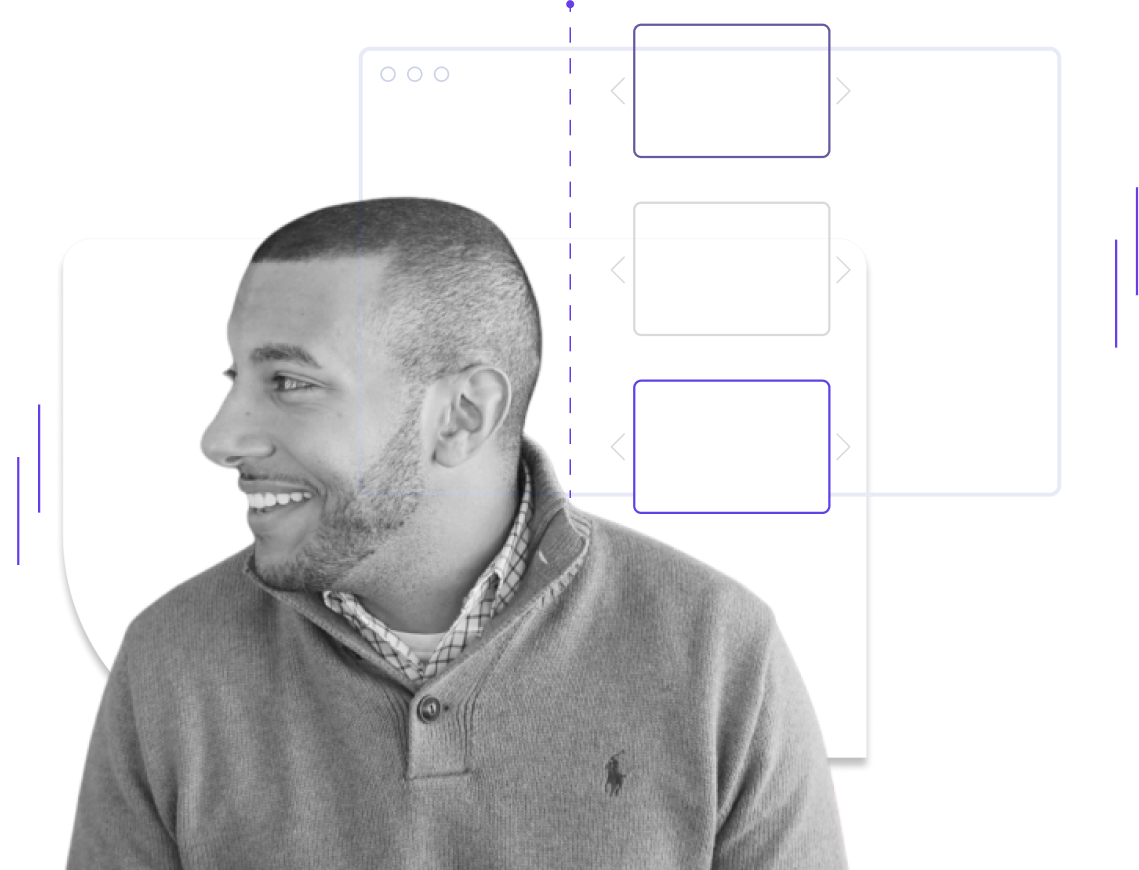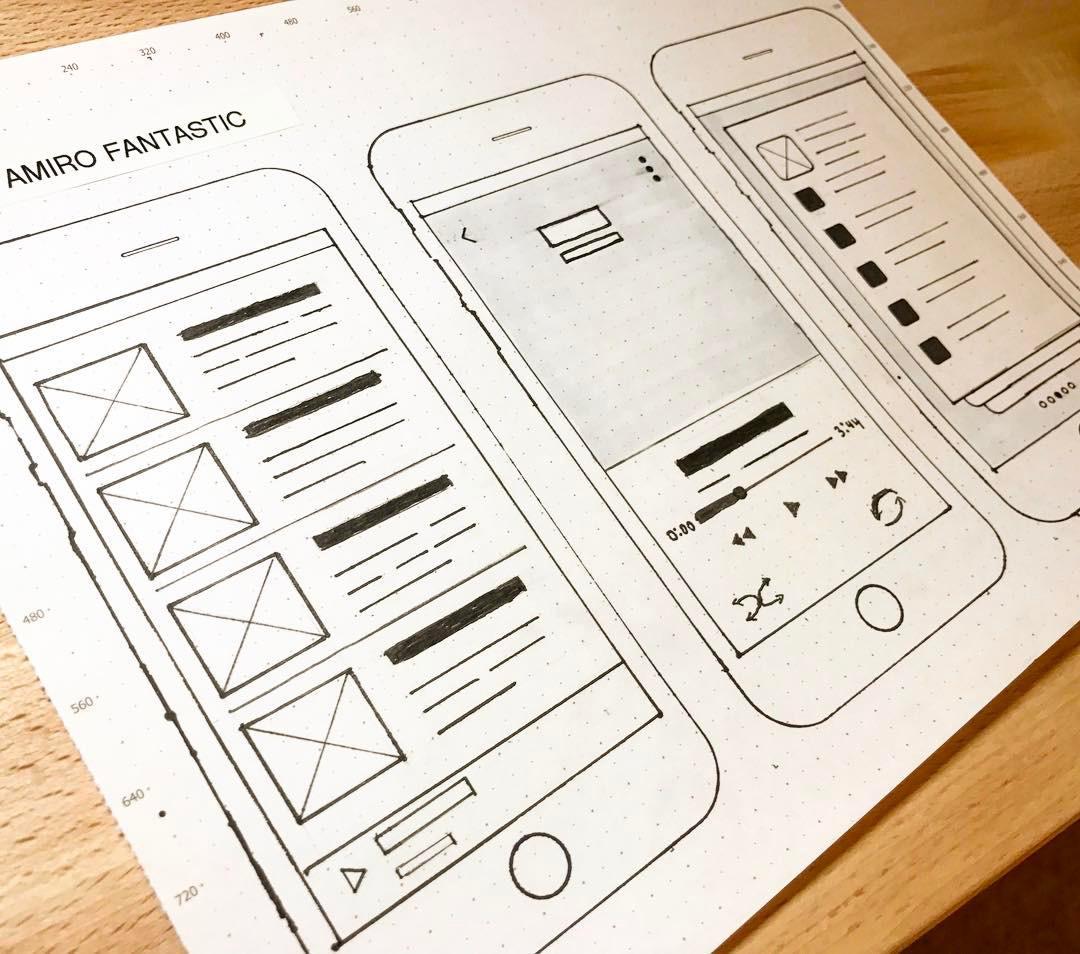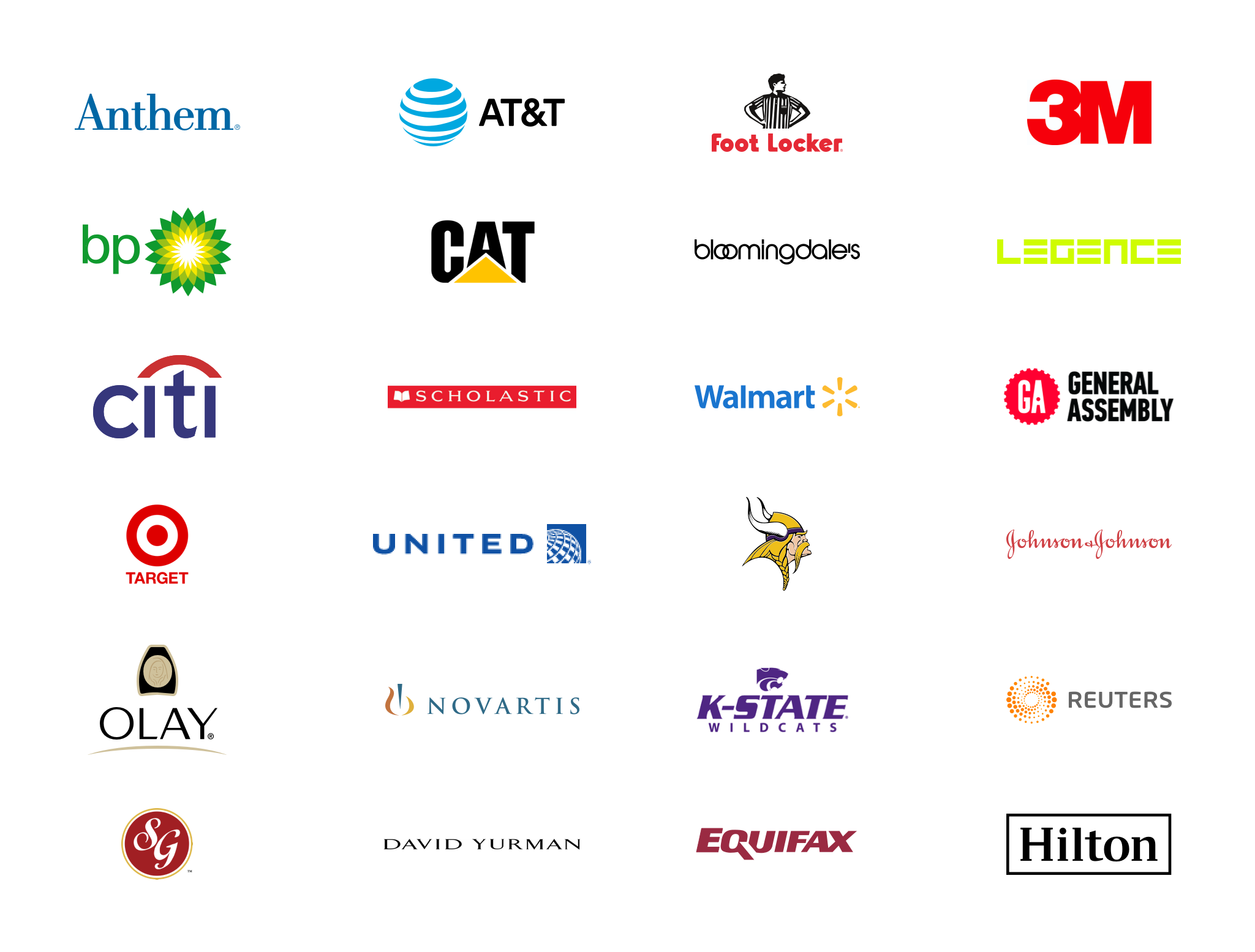Processes in user experience are fickle and are subject to
change dependent on the individual project. Regardless, most
projects or project activities fall under one of the following
design process steps:
1. Product definition.
During the initial phase,
you’re brainstorming the product and how to execute on the
project at the highest level with all necessary stakeholders.
This might result in a project kickoff plan, a lean canvas,
and a bunch of really early concept maps and mockups of what
you’re looking to build.
2. Research. Your team refines assumptions and fills in the blanks. This stage varies based on the complexity of the product, timing, resources, level of existing knowledge, and many other factors. In general, however, it’s good to build out competitive and market analyses and conduct customer surveys. If you have an existing product, reviewing analytics, heuristics, content, product context, and user tests are also quite helpful.
3. Analysis. The product marketing data collected so far provides the foundation for personas, experience maps, and requirements documents such as prioritized feature spreadsheets and user-task matrices. At this point, the product definition, product priorities, and product plan have been defined and are ready for more formal design deliverables. Sketches and diagrams are also likely constantly being generated throughout this time.
4. Design. From this output, scenarios, concept maps, and mockups may be created. Common documentation includes sketches, wireframes, prototypes, task-flow diagrams, and design specifications. For example, competitive analysis and personas created during research and analysis feed into the mockups, concept maps, and scenarios. In turn, these pieces influence intermediate and advanced deliverables such as wireframes, storyboards, and detailed mockups. Some companies treat the Research, Analysis, and Design phase as one large process, as you can see in this overview graphic.
5. Implementation. The code and design assets are assembled to create a product that follows the product design specifications.
6. Launch. Feedback data such as support tickets, bug reports, and other analytics continue to drive product refinement through subsequent iterations and upgrades. With the offering in production mode, data should be continually generated and monitored in the form of analytics and reports to ensure continued success.
7. Measuring and iterating. Continual, data-driven product improvement is achieved through the offering in production, using performance dashboards and analytics.





